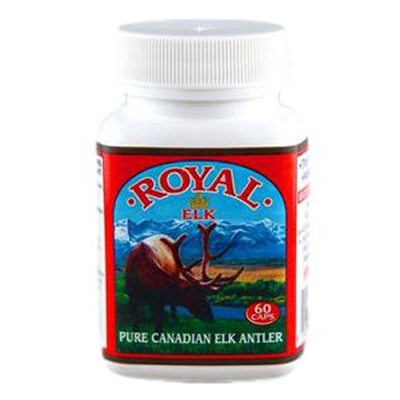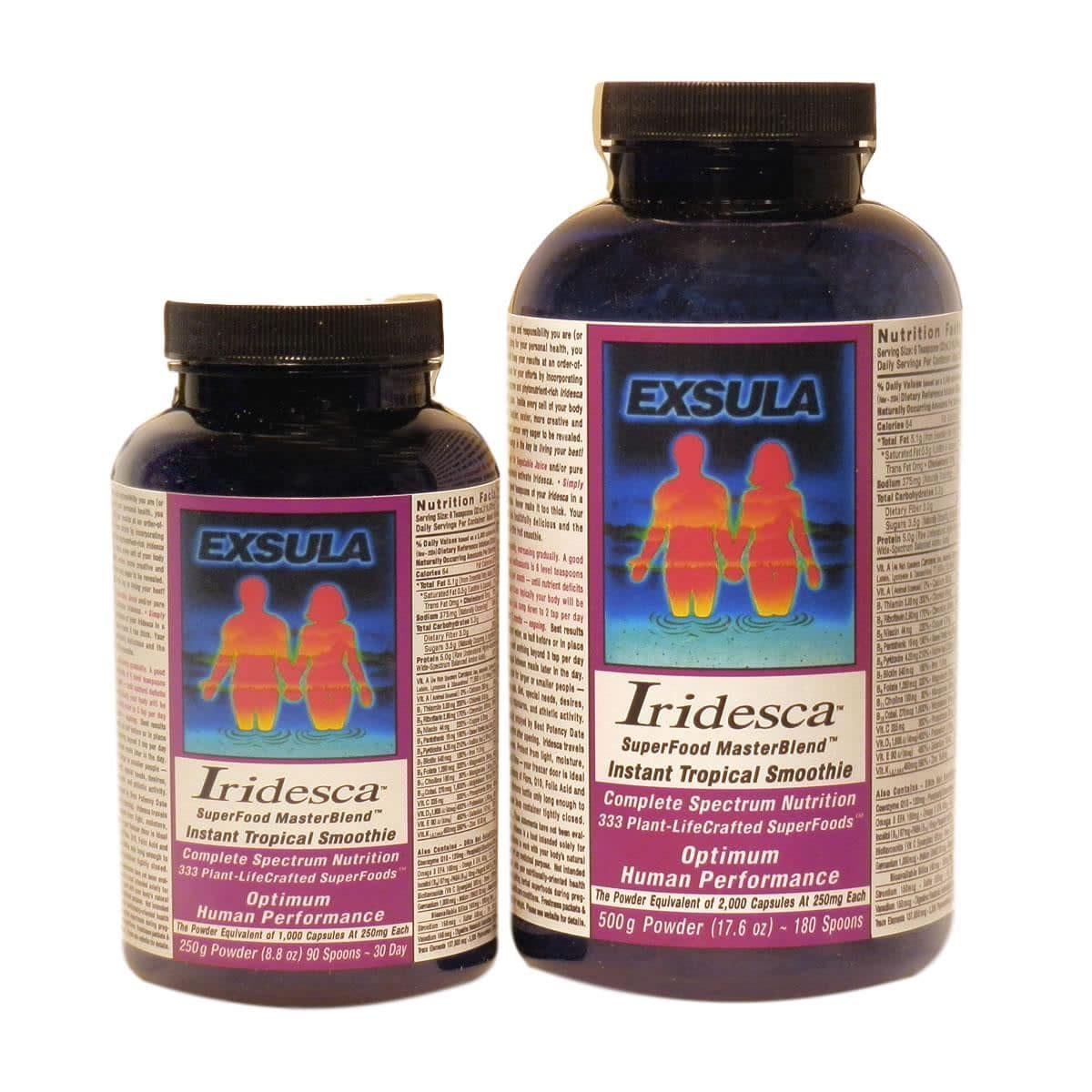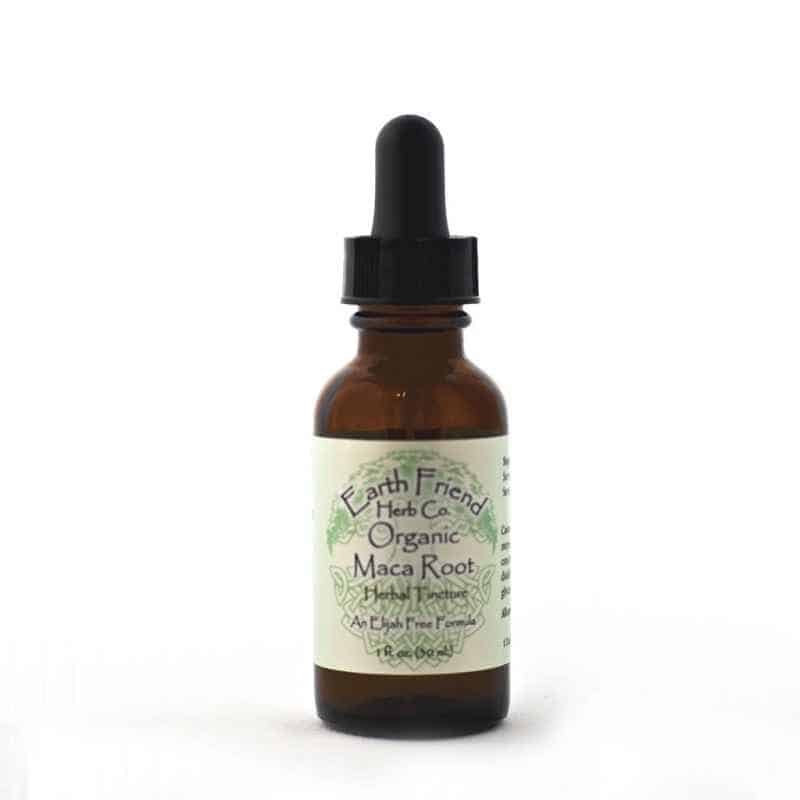No products in the cart.
Elk Antler Velvet and Testosterone
Recently, preliminary results of groundbreaking research that has taken place at the University of Alberta have been reported in both the Edmonton Journal, the Calgary Herald and CFRN television in Edmonton Alberta. The results look very promising for the future of the elk industry. Analysis of blood from city police recruits and University of Alberta football players showed that they had as much testosterone in their blood as if they had been taking anabolic steroids.
In fact, their testosterone levels were five or six times higher than normal. Even more fascinating was that the velvet capsules were independently tested to make sure they themselves didn’t contain anabolic steroids. The results may show that taking velvet may be a way of boosting strength and endurance without using anabolic steroids or other artificial chemicals. This research is among the first conducted by scientists in the west. Researchers in eastern countries like Russia and Korea; however, have been investigating the performance enhancing effects of velvet preparations for years.
Performance Enhancing Effects of Velvet Antler
Velvet antler has often been regarded as having performance enhancing effects on the human body. There is scientific evidence from a number of studies, which have revealed such effects in both animals and humans. For example, Brekhman et al (1969) showed that pantocrin (a preparation of elk antler) increased the working capacity of mice. Russian scientists Yudin and Dubryakov (1974) have reported that control athletes on an exercise cycle performed 15 kg/m of dynamic work whereas those given pantocrin increased this considerably to 74 kg/m and those given rantarin (a preparation of reindeer antler) increased to 103 kg/m. In a like manner, the athletic performance in a 3000 m run was enhanced following pantocrin administration (Brekhman et al. 1969).
According to Russian scientist Korobkov (1974, cited by Fulder 1980b) with regards to the use of velvet antler in athletes, the action is primarily aimed at accelerating the restorative processes after intensive activity and at increasing the body’s resistance to unfavorable external influences. In essence, pantocrin and other naturally occurring substances in velvet antler have served to accelerate the body’s natural restorative processes. For well over a decade, Dr. Arkady Koltun. MD, Ph.D. Chairman of the Medical Committee for the Russian Bodybuilding Federation, has conducted research into anabolic agents that are known to improve performance, strength, and musculature in athletes. In studies with Russian kayakers, weightlifters, bodybuilders and power lifters, Dr. Koltun found that velvet antler has both myotropic (increases muscular strength) and neurotropic (nerve strengthening) properties. He also found properties in antler that are beneficial in treating infectious disease, fatigue and hypertension.
Haematopoietic effects of velvet antler have been demonstrated in numerous experiments (Kim and Park 1992). Preparations of velvet antler have been shown to stimulate red blood cell synthesis and increase erythropoietic activity in cases of drug- induced anemia in rabbits and rats (Yoon 1989). It seems likely that such erythropoietic activity may welt be responsible for at least part of the stamina-improving effects of velvet antler preparations in distance runners. In this sense, the responses would be similar to those ascribed to blood doping where an athlete in re-transfused with his own blood prior to competition.
The performance enhancing effects of velvet antler are likely the results of increasing the circulating levels of androgens (testosterone and its metabolites) in the blood of these athletes. There is now considerable evidence for the gonadotrophic effects of velvet antler (Fennessy 1991). Androgens are known to stimulate the development of seminal vesicles and the prostate gland of sexually immature neonate rats, or retard the degeneration of these organs in newly castrated animals. Velvet antler preparations pantocrine and rantarin have all been shown to have androgenic effects in castrated rats.
Anabolism, Testosterone, and their effects on the human body
Testosterone is a member of an important class of hormones, the steroid sex hormones, which are all derived via complex metabolic pathways from a parent substance called cholesterol. The reproductive endocrine glands form targets for a stimulatory chain of hormonal actions involving two quite different classes of hormone, the protein trophic hormones of the pituitary, and the structurally simple releasing hormones, which are secreted by the brain and effectively link it with the endocrine glands. In the case of testosterone, the stimulatory route involves a hormone called gonadotrophin releasing hormone secreted by cells in the ventral hypothalamic areas of the brain which acts, via a special blood system in the brain (the hypophyseal portal system), on the adenohypophysis of the pituitary, to stimulate the secretion into the general vascular system of the gonadotrophic hormone called the interstitial cells stimulating hormone.
This hormone in turn induces the secretion and release of the male hormone, testosterone, from the interstitial cells of the testis. We do not yet know at what point velvet antler is causing an increase in testosterone in human subjects, but it could be mimicking or stimulating hormonal action in a number of different places. Hopefully research in the future will help elucidate the effects of velvet antler on the body. A negative feedback system controls levels of testosterone in the blood; a rise in blood level of testosterone is monitored by special cells in the hypothalamus, and quickly results in a depression of secretion of first the gonadotrophin releasing hormone, second the interstitial cell simulating hormone, and finally a diminished secretion of testosterone. Negative feedback was why the University of Alberta football players blood levels of testosterone would have quickly returned to normal once they stopped taking velvet antler.
Testosterone is thought to have two main effects in the body, androgenic (masculinizing) and anabolic effects. The androgenic action produces more maleness, broader features, more hair, deeper voice, and larger sex organs. Anabolic refers to promoting anabolism, which is the actual building process of tissues, mainly muscle, in the body. This might occur through the body’s own natural reactions to muscular work and proper nutrition or through the introduction of drugs. Anabolism occurs by taking substances from the blood that are essential for growth and repair and using them to stimulate reactions which produce tissue synthesis. The anabolic action of testosterone produces larger muscles and greater strength. The muscle effects of testosterone are welt known by scientists, and work at least as welt as synthetic anabolic steroids. In a study by Dr. Gilbert Forbes and colleagues (1992) at the University of Rochester, New York, normal subjects gained an average of 165 lbs of lean body mass in 12 weeks.
Some medical patients have been prescribed transdermal testosterone. The latest development is testosterone patches. These were first made by Alza Pharmaceuticals of Palo Alto, California in 1985 as an experimental treatment for aging men with low testosterone levels, and for men who had lost their testicles by accident or surgery. The 2″ square patch is stuck on the scrotum, or anywhere on the body, and releases testosterone slowly, evenly, and painlessly through the skin. Transdermal delivery of testosterone is still undergoing testing but all medical indications so far are very positive, and bode well for the use of the patches in treating the elderly (MacCann 1992).
The finding that velvet antler naturally boosts testosterone production in the body is a very exiting development. Testosterone may become the next great body building supplement in the gym like creatine monohydrate, or be found to be a “fountain of youth” for an aging population of baby boomers. Either way, research initiatives must continue to receive our industry fullest support, both in kind and financially to help make velvet antler the nutritional supplement of choice for the next millennium!
References
- Breckhrnan, J. T., Y. L Dubryakov and A. L Taneyeva 1969. The biological activity of the antlers of deer and other deer species. Izvesti Sibirskogo Otdelenia Akademii Nauk SSSR. Biological Series No. 10 (2):112-115
- Fennessy, P F 1991 Velvet antler: the product and pharmacology. Proc. Deer course for veterinarians (Deer Branch of the NZ, Vet Assoc). 8 169-180
- Forbes G. B., et al 1992. Sequence of changes in body composition induced by testosterone and reversal of changes after drug is stopped. J Amer Med Assoc, 267: 397-399
- Fulder, S. 1980b. The drug that builds Russians. New Scientist 87 (1215): 516-519.
- Kim, K. W. and S. W Park. 1982. A study of the hemopoietic action of deer horn extract Korean Biochem J. 15: 151-157.
- MacCann, J. 1992. Testosterone patches boost hormone levels and improve function in eldeily. Medical Tribune. 33: 3.
- Yoon, P. 1989. The effect of deer horn on the experimental anemia of rabbits. Journal Phamiaochemical Society Korea. 8:6-11.
- Yudin, A. M. and Y. L Dubryakov 1974. A guide for the preparation and storage of uncalcified male antlers as a medicinal raw material, in Reindeer antlers, Academy of Sciences of the USSR. Far East Science Centre







